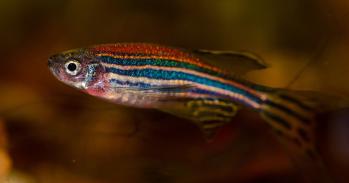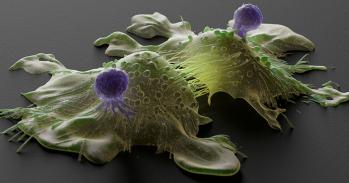A new film from the University of Cambridge looks at how mice are helping the fight against cancer and the facilities in which they are housed, and explores issues of animal welfare and the search for replacements.
A new film from the University of Cambridge looks at how mice are helping the fight against cancer and the facilities in which they are housed, and explores issues of animal welfare and the search for replacements.
As part of our commitment to openness, in our new film, we look inside one of our facilities, where mice are helping our scientists understand how cancers develop
Animal research plays an essential role in our understanding of health and disease and in the development of modern medicines and surgical techniques. Without the use of animals, we would not have many of the modern medicines, antibiotics, vaccines and surgical techniques that we take for granted in both human and veterinary medicine.
Some of the important and pioneering work for which Cambridge is best known and which has led to major improvements in people’s lives was only possible using animals, from the development of IVF techniques through to human monoclonal antibodies.
We place good welfare at the centre of all our animal research and aim to meet the highest standards: good animal welfare and good science go hand-in-hand. As part of our commitment to openness, in our new film, we look inside one of our facilities, where mice are helping our scientists understand how cancers develop and how they can best be treated.
Our mice are housed in state-of-the-art facilities. Each animal is checked daily to ensure it has enough food and water and to look for signs that the animal is in pain, no matter how mild. We use some of the same imaging techniques used on humans, such as ultrasound – the non-invasive technique that allows doctors to monitor the health of a baby in the womb – to monitor tumour development in the mice.
Although animals will play a role in biomedical research for the foreseeable future, we strive to use the minimum number possible. Our researchers are actively looking at techniques to help us reduce – and ultimately replace – their use. In the film, we explore a new technique to develop ‘mini-livers’ that will allow us to screen potential new drugs without the use of animals.
We welcome comments about this article. However, as with discussions on all of our news and feature pages, comments will be moderated so please do not post contributions that are offensive or contain profanities, and please stay on topic. We do not moderate comments in real-time so do bear with us if there is a delay before they appear.

The text in this work is licensed under a Creative Commons Attribution 4.0 International License. For image use please see separate credits above.




